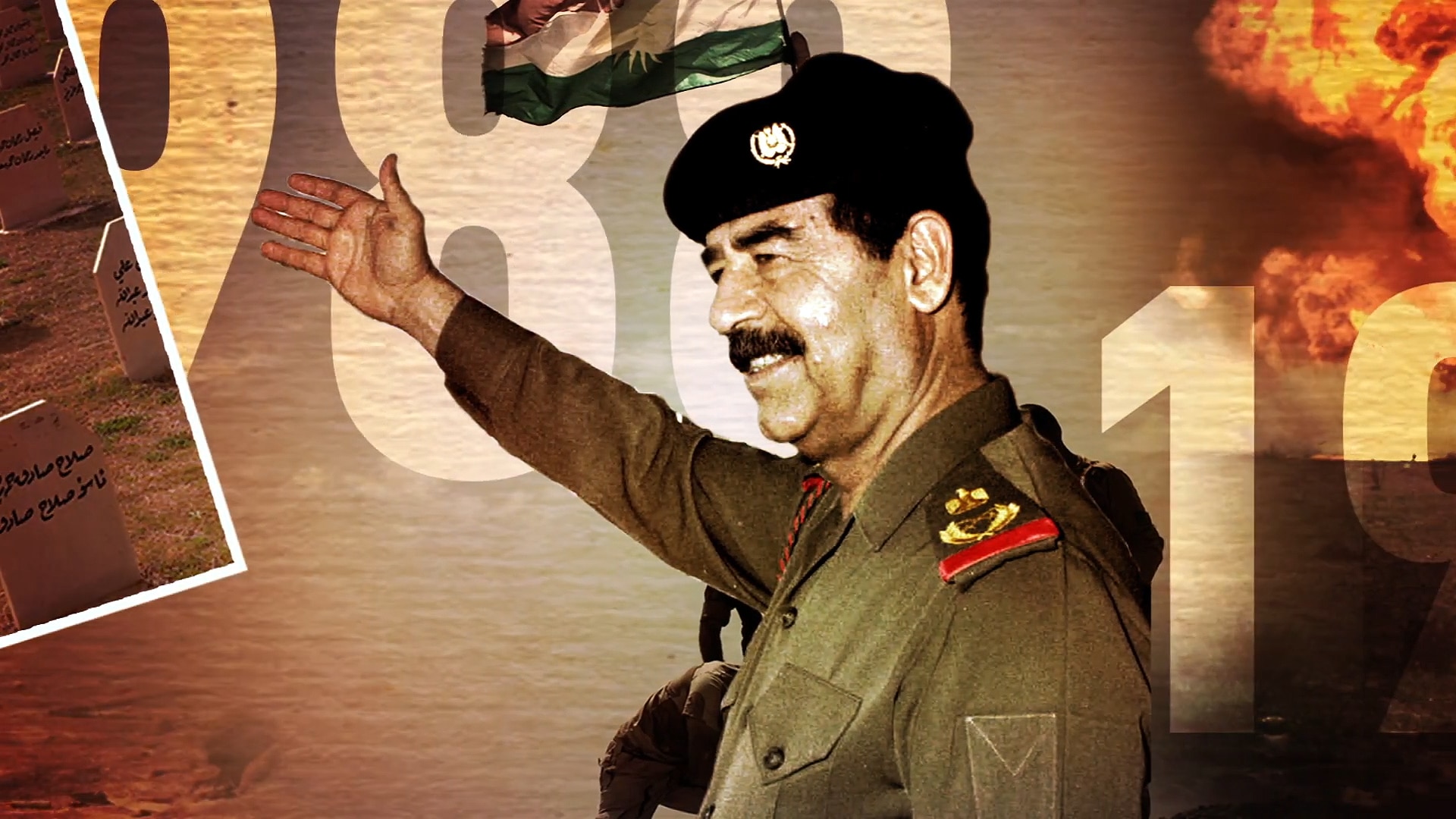


The Intelligence Community has not found any other evidence of meetings between al'Qa'ida and Iraq. Postwar findings have identified two occasions, not reported prior to the war, in which Saddam Hussein rebuffed meeting requests from an al-Qa'ida operative. In 2006, a report of postwar findings by the United States Senate Select Committee on Intelligence concluded that: Postwar findings have identified only one meeting between representatives of al-Qa'ida and Saddam Hussein's regime reported in prewar intelligence assessments. In 2003, American terrorism analyst Evan Kohlman said in an interview: While there have been a number of promising intelligence leads hinting at possible meetings between al-Qaeda members and elements of the former Baghdad regime, nothing has been yet shown demonstrating that these potential contacts were historically any more significant than the same level of communication maintained between Osama bin Laden and ruling elements in a number of Iraq's Persian Gulf neighbors, including Saudi Arabia, Iran, Yemen, Qatar, and Kuwait. Operation Iraqi Freedom begins with a "shock and awe" campaign intended as a show of force.This article is a chronological listing of allegations of meetings between members of al-Qaeda and members of Saddam Hussein's government, as well as other information relevant to conspiracy theories involving Saddam Hussein and al-Qaeda. March 19-20, 2003Ī combined force of American, British and Australian troops under US leadership invade Iraq, known as the 'coalition of the willing'. He adds that it is his "firm view" that the Iraq war was illegal. He later tells the Iraq Inquiry in 2010 that he was "looking for smoking guns" but did not find any. The UN's chief weapons inspector, Hans Blix, says inspectors need more time to verify Iraq's compliance with the resolution. Mr Howard says the world cannot afford to wait for definitive proof against Saddam Hussein, pointing out his greatest fear is weapons of mass destruction getting into the hands of terrorists. In a two-hour, wide ranging address for the National Press Club, Prime Minister John Howard lays down his arguments for military action against Iraq. Mr Crean says he supports the troops, but not the decision to deploy. Prime minister John Howard and opposition leader Simon Crean farewell troops headed to the Persian Gulf on HMAS Kanimbla. The resolution threatens serious consequences if Iraq is in "material breach" of its terms. November 2002īack by a UN resolution, UN weapons inspectors return to Iraq. The document details allegations of the Iraqi regime's development of weapons of mass destruction. Later that month, British prime minister Tony Blair publishes a dossier setting out the case against Saddam Hussein.

In a speech to the UN General Assembly, US president George W Bush tells sceptical world leaders that the US and its supporters will confront the "grave and gathering danger" of Saddam Hussein's regime with or without UN backing UNSC Resolution 986, known as "oil-for-food program", allows the partial resumption of Iraq's oil exports to buy food and medicine. On AugIraq invades Kuwait, prompting what becomes known as the first Gulf War.Ī massive US-led military campaign, including 1,800 Australian Defence personnel, forces Iraq to withdraw in February 1991. George HW Bush meets troops serving in the first Gulf War in eastern Saudi Arabia during a Thanksgiving visit on November 20, 1990.


 0 kommentar(er)
0 kommentar(er)
